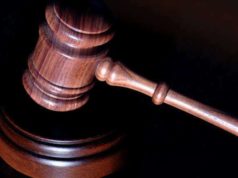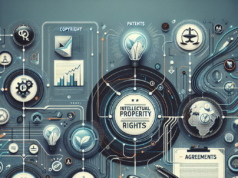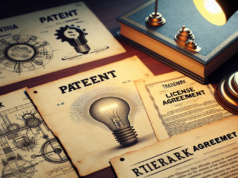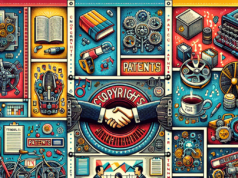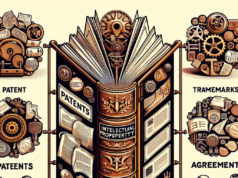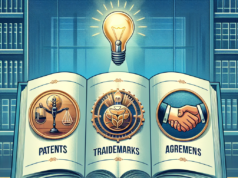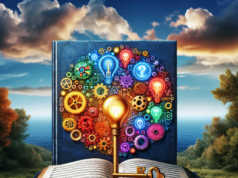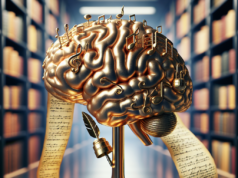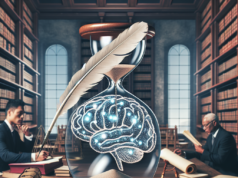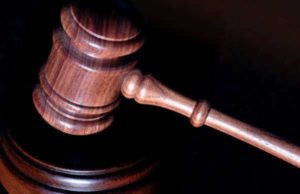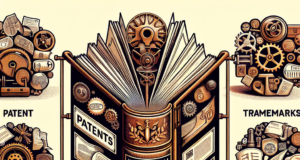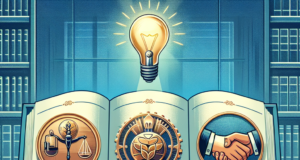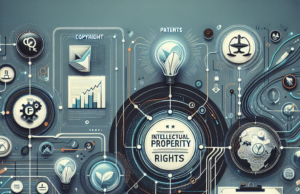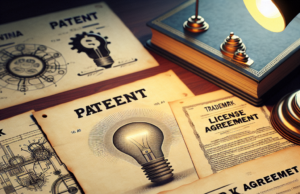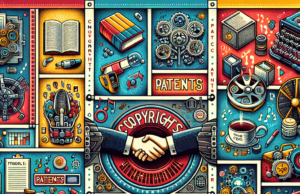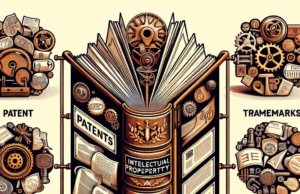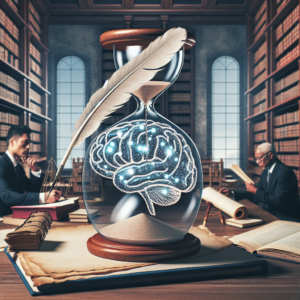
In an era where creativity fuels industries and drives innovation, the dark side of this vibrant landscape often goes unnoticed—copyright infringement. As artists, musicians, writers, and creators pour their hearts and souls into their work, the threat of having their intellectual property misappropriated looms large. This article delves into the complexities of copyright infringement, highlighting notable cases, the impact on artists, legal ramifications, and the role of technology in this ongoing battle for creative ownership.
Understanding Copyright Infringement: A Primer on Creative Ownership and Rights
Copyright infringement occurs when an individual or entity uses someone else’s creative work without permission, violating the exclusive rights granted to the original creator. These rights typically include reproduction, distribution, and the creation of derivative works. Copyright law is designed to protect the interests of creators by ensuring they receive recognition and financial compensation for their efforts. However, the nuances of copyright can be complex, as the line between inspiration and infringement is often blurred. Understanding these rights is crucial for artists and creators to safeguard their work and navigate the legal landscape effectively.
High-Profile Cases: Notable Examples of Copyright Violations in the Creative Industry
Several high-profile copyright infringement cases have captured public attention, illustrating the pervasive nature of this issue. One notable example is the legal battle between Robin Thicke and Marvin Gaye’s estate over the hit song “Blurred Lines.” The court ruled in favor of Gaye’s estate, ordering Thicke and his collaborators to pay $7.4 million in damages, a decision that sent shockwaves through the music industry. Another significant case involved the iconic street artist Shepard Fairey, who faced legal action from the Associated Press for his use of a photograph of Barack Obama in his famous “Hope” poster. These cases underscore the challenges artists face in protecting their work and the potential consequences of copyright infringement.
The Impact of Copyright Infringement on Artists and Their Creative Works
The ramifications of copyright infringement extend far beyond financial losses; they can stifle creativity and innovation within the artistic community. When creators see their work exploited without consent, it can lead to feelings of betrayal and disillusionment. Moreover, the fear of infringement can deter artists from sharing their work or experimenting with new ideas, ultimately hindering the creative process. The emotional toll on artists, combined with the potential loss of income, highlights the urgent need for robust protections for intellectual property in the creative sector.
Legal Consequences: How Copyright Infringement Cases Are Resolved in Court
When copyright infringement cases make their way to court, the legal process can be lengthy and complex. Typically, the aggrieved party must prove that their work is protected by copyright, that the infringer had access to the work, and that substantial similarity exists between the two. Courts may award damages, which can include actual damages, statutory damages, and in some cases, attorney fees. Additionally, injunctions may be issued to prevent further infringement. The outcomes of these cases can set important precedents, influencing how copyright law is interpreted and enforced in the future.
The Role of Technology: Digital Platforms and the Rise of Copyright Challenges
The advent of digital technology and online platforms has revolutionized the way creative works are shared and consumed, but it has also exacerbated copyright challenges. Social media, streaming services, and user-generated content platforms have made it easier for individuals to access and share creative works, often without proper attribution or permission. This has led to an increase in copyright infringement cases, as creators struggle to protect their work in an environment where content can be easily replicated and disseminated. The rapid pace of technological advancement necessitates ongoing discussions about how copyright law can adapt to these new realities.
Preventative Measures: Strategies for Creatives to Protect Their Intellectual Property
To safeguard their intellectual property, creators can adopt several preventative measures. First and foremost, registering their work with the appropriate copyright office provides legal recognition and can strengthen their case in the event of infringement. Additionally, using watermarks, licensing agreements, and clear terms of use can deter unauthorized use of their work. Creators should also stay informed about copyright laws and consider consulting with legal professionals specializing in intellectual property. By taking proactive steps, artists can better protect their creative endeavors and maintain control over their work.
As the creative landscape continues to evolve, the importance of understanding and protecting copyright cannot be overstated. The cases highlighted in this article serve as a reminder of the challenges artists face in safeguarding their work against infringement. By fostering awareness and implementing effective strategies, creators can navigate the complexities of copyright law and ensure that their contributions to the world of art, music, and literature are respected and valued. In a world where creativity is both a precious commodity and a vulnerable asset, the fight for intellectual property rights remains a critical issue for all who dare to create.

